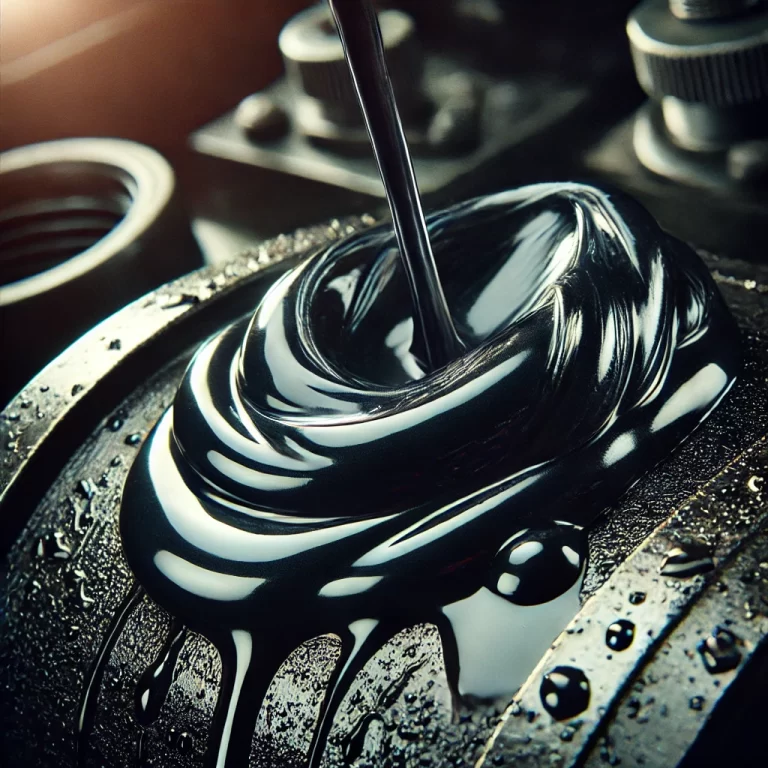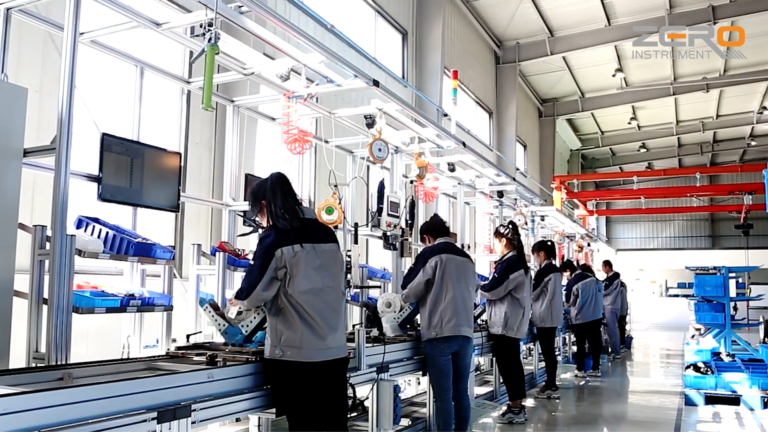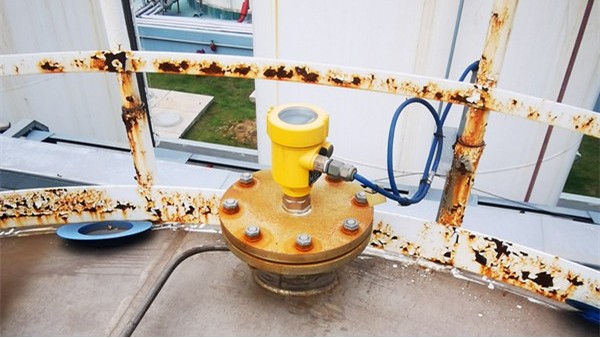Radar level meters are widely used in the field of industrial production level measurement due to their non-contact measurement and high-precision characteristics.
However, in practical applications, especially in the measurement of high-viscosity media such as liquid grease, the performance of radar level meters may be affected to a certain extent.
This article aims to analyze the specific impact of grease on radar level meter measurement and provide corresponding countermeasures.

Radar level meters measure distance by emitting microwave signals and receiving their reflected waves. When these microwaves encounter the surface of the medium, they are reflected back to the sensor, which determines the distance by calculating the round-trip time of the signal.
Under ideal conditions, this process is simple and accurate. However, the characteristics of grease, such as viscosity, dielectric constant and temperature changes, may interfere with the measurement results.

Viscosity is one of the primary factors that affect radar wave propagation. High viscosity of grease slows down the propagation speed of microwaves in it, thus affecting the strength and time of the reflected signal. This weakened signal may cause measurement errors or unstable readings.
In addition, if there are bubbles or impurities mixed in the grease, these inhomogeneities will further distort the propagation path of the microwaves and cause erroneous measurement results. Changes in dielectric constant will also affect measurement accuracy. Different types of grease have different dielectric constants, which determine the reflection efficiency of microwaves in the medium.
If the dielectric constant of the grease is too low, it may cause the microwave signal to penetrate the medium instead of reflecting back, so that the radar level meter will not be able to capture effective echo signals. Temperature changes are also a factor that cannot be ignored.
The viscosity and density of grease change with temperature, which in turn affects the dielectric constant. Increased temperature usually leads to a decrease in grease viscosity and density, which may increase the propagation speed of microwaves, and vice versa.
Therefore, when using radar level meters in an environment with large temperature fluctuations, special attention should be paid to temperature compensation measures.

In view of the above problems, taking appropriate measures can improve the application effect of radar level meters in grease media. For example, choose a special model of radar level meter suitable for high-viscosity media, which usually has stronger signal processing capabilities.
At the same time, regularly cleaning the antenna to avoid grease adhesion can ensure effective signal transmission.
The impact of temperature changes can be solved by installing temperature sensors and using radar level meters with temperature compensation algorithms.
Although some physical properties of grease pose challenges to the measurement of radar level meters, these impacts can be effectively controlled or even minimized by choosing suitable equipment and taking correct use and maintenance measures.
